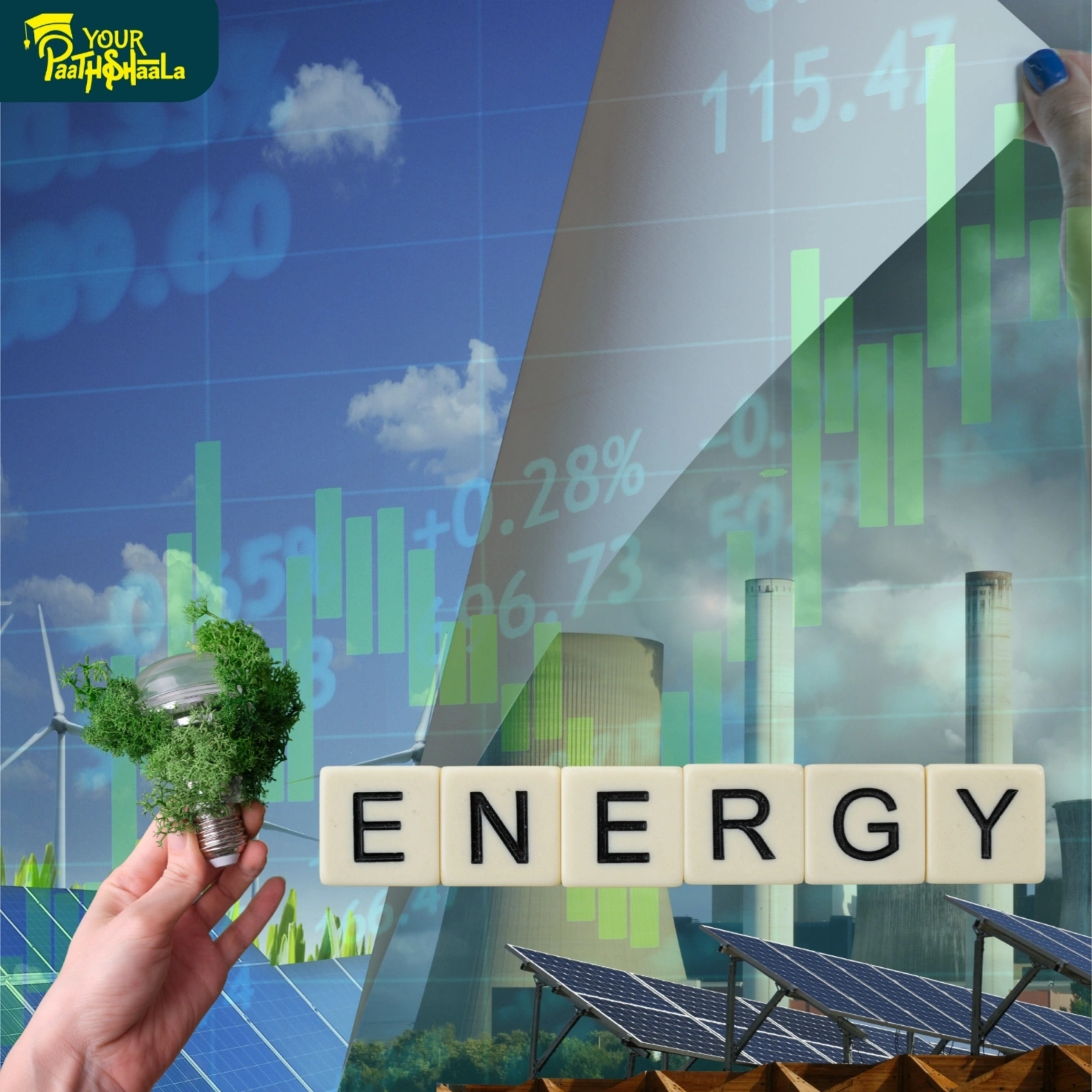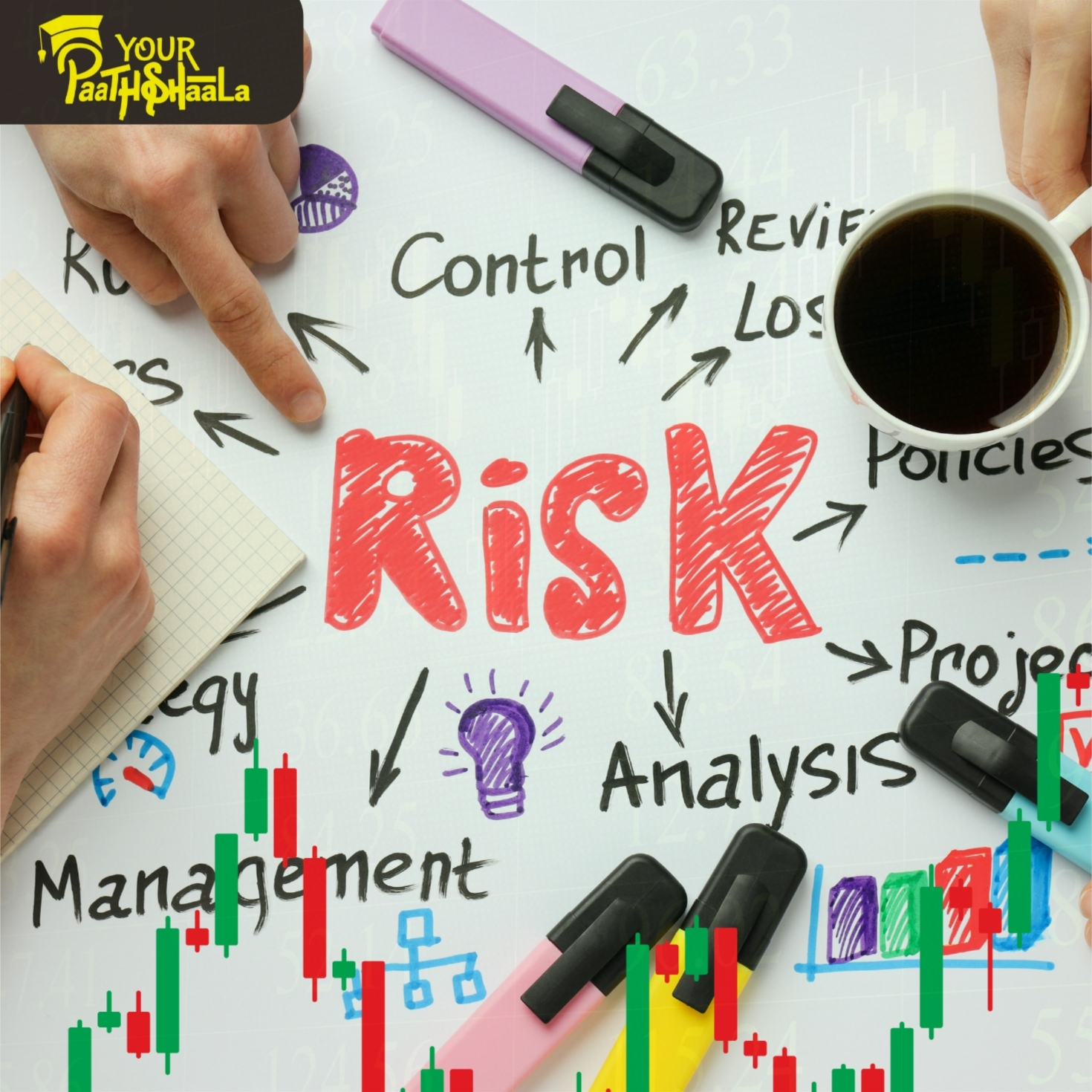Energy Transition Allocation: Powering Portfolios with Sustainable Growth in 2025
As the world accelerates toward a low-carbon economy, energy transition allocation is reshaping investment strategies. As of August 13, 2025, clean infrastructure investments, such as battery storage and grid modernization, offer transformative growth opportunities while supporting sustainability. Assessing technology risks and applying advanced cash flow modeling ensure resilient, high-performing portfolios. This 2000-word guide explores these strategies, providing actionable insights for beginners and seasoned investors. By aligning with the energy transition, you can capture emerging market opportunities while advancing environmental goals. Ready to power your portfolio? Let’s dive into energy transition allocation.
What is Energy Transition Allocation?
Energy transition allocation involves strategically investing in assets that support the shift from fossil fuels to sustainable energy sources, such as renewables, energy storage, and grid upgrades. This approach integrates clean infrastructure into diversified portfolios, balancing financial returns with environmental impact. With global renewable energy investment reaching $600 billion in 2024, per BloombergNEF, and policies like the EU’s Green Deal driving adoption, energy transition allocation is a critical strategy for 2025, offering growth potential in a rapidly evolving energy landscape.
Key Strategies in Energy Transition Allocation
To succeed in energy transition investing, focus on three key strategies: clean infrastructure investments, technology risk assessment, and advanced cash flow modeling. Below, we explore each in detail.
1. Clean Infrastructure Investments: Driving Sustainable Growth
Clean infrastructure—encompassing solar, wind, battery storage, hydrogen, and grid modernization—is becoming a cornerstone of modern portfolios. For example, investing in battery storage firms like Tesla or grid operators supports the integration of renewables while tapping into high-growth markets. These assets offer stable returns through long-term contracts and government incentives.
How to Invest in Clean Infrastructure
Allocate to ETFs like ICLN (iShares Global Clean Energy ETF) or TAN (Invesco Solar ETF) for diversified exposure.
Research companies with strong clean energy pipelines, such as NextEra Energy or Enphase.
Monitor policy incentives, like U.S. Inflation Reduction Act subsidies, for investment signals.
Diversify across renewable sectors (e.g., solar, wind, storage) to mitigate project-specific risks.
Clean infrastructure offers growth but faces risks like policy shifts, so prioritize stable issuers and regions.
2. Technology Risk Assessment: Ensuring Resilience
Renewable energy projects, such as hydrogen production or advanced batteries, involve cutting-edge technologies with inherent risks, like scalability or obsolescence. Assessing these risks ensures investments are innovative yet resilient. For instance, evaluating a hydrogen startup’s technology maturity can prevent losses from unproven systems.
How to Assess Technology Risks
Use technology evaluation frameworks like the Technology Readiness Level (TRL) scale.
Invest in established firms or ETFs like FAN (First Trust Global Wind Energy ETF) to reduce risk.
Analyze R&D pipelines and patent filings via Bloomberg or PitchBook for innovation insights.
Diversify across mature and emerging technologies to balance risk and reward.
Technology risk assessment strengthens portfolios but requires technical expertise, so leverage expert analyses or consultants.
3. Advanced Cash Flow Modeling: Evaluating Long-Term Viability
Advanced cash flow modeling evaluates the long-term viability of energy transition assets by projecting revenues, costs, and risks. For example, modeling a wind farm’s cash flows accounts for energy output, maintenance costs, and subsidies, ensuring confident investment decisions. These models use Monte Carlo simulations or scenario analysis for precision.
How to Apply Cash Flow Modeling
Use tools like Bloomberg Terminal or PLEXOS to model cash flows for renewable projects.
Assess assets like green bonds (BGRN) or clean energy stocks for stable cash flows.
Incorporate variables like energy prices, policy incentives, and climate risks into models.
Diversify across projects with varied cash flow profiles to reduce uncertainty.
Cash flow modeling enhances decision-making but relies on accurate assumptions, so validate with multiple scenarios.
Risks and Challenges in Energy Transition Allocation
Energy transition allocation offers opportunities but comes with challenges:
Policy Uncertainty: Changes in subsidies or regulations can impact returns.
Technology Risks: Emerging technologies may fail to scale or become obsolete.
Market Volatility: Energy markets can be sensitive to commodity prices or geopolitical events.
Data Limitations: Inaccurate modeling inputs can skew projections.
To mitigate risks, diversify across renewable sectors, monitor policy developments, and use robust data sources. Professional guidance can optimize strategy execution.
Tools and Resources for Energy Transition Investing
To excel in energy transition allocation, leverage these tools:
Analytics Platforms: Use BloombergNEF or IRENA for renewable energy data.
Investment Platforms: Access clean energy ETFs via Vanguard or Fidelity.
Modeling Tools: Conduct cash flow analysis with PLEXOS or Excel-based Monte Carlo tools.
Educational Resources: YourPaathshaala offers courses on sustainable investing.
These tools, combined with disciplined research, can enhance your energy transition strategy.
Why Energy Transition Allocation Matters in 2025
As of August 13, 2025, energy transition allocation is critical amid global decarbonization efforts. Renewable energy accounted for 30% of global electricity in 2024, per IEA, with clean energy investments up 15% from 2023, per BloombergNEF. Policies like the EU’s Fit for 55 and U.S. clean energy tax credits are driving growth, with clean energy ETFs like ICLN outperforming traditional energy by 12% in 2024, per Morningstar. This shift makes energy transition allocation essential for capturing emerging opportunities while supporting sustainability.
Getting Started with Energy Transition Allocation
Ready to combine strong returns with sustainable impact? Follow these steps:
- Learn Energy Transition: Study clean infrastructure, technology risks, and cash flow modeling.
- Choose a Platform: Select a broker offering clean energy ETFs and analytics tools.
- Start Small: Test strategies with a small allocation to renewable assets.
- Diversify: Spread investments across solar, wind, storage, and grid projects.
- Seek Education: Enroll in courses at YourPaathshaala, located near Anjali Children Hospital, Tagore Nagar, Mathpurena, Raipur, Chhattisgarh, PIN code: 492001.
Conclusion
Energy transition allocation—through clean infrastructure investments, technology risk assessment, and advanced cash flow modeling—offers a powerful way to build high-performing, sustainable portfolios in 2025. These strategies capture growth in the low-carbon economy while advancing environmental goals. Despite challenges like policy uncertainty or technology risks, diversified approaches and robust tools can lead to success. Learn how energy transition investing drives impact with YourPaathshaala’s expert guidance.
Visit YourPaathshaala
Near 🏥 Anjali Children Hospital, Tagore Nagar, Mathpurena, Raipur.
📫 PIN code: 492001, Chhattisgarh
📞 Click the Call Now to contact us!







